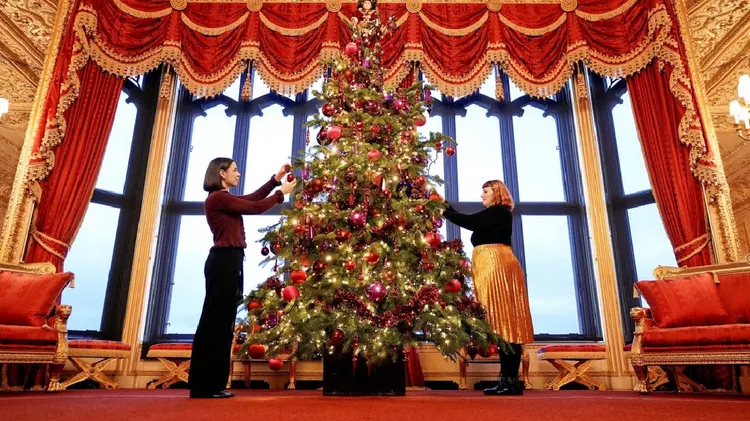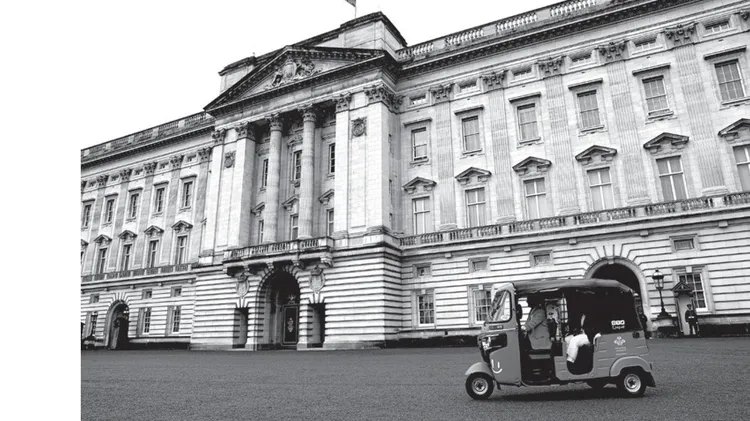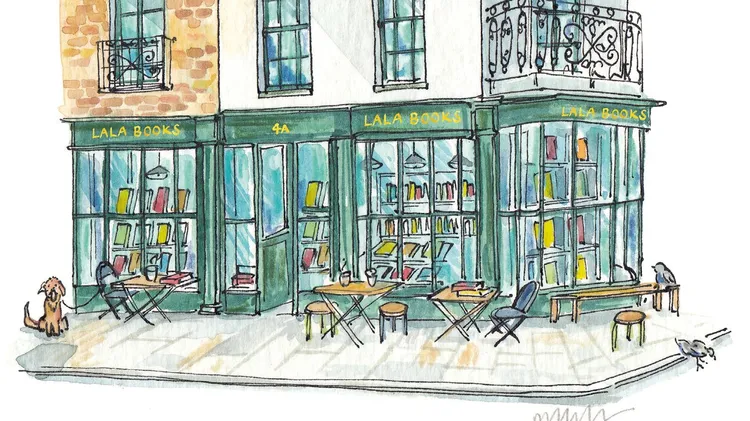Claire Saul looks at intriguing objects in Kensington Palace’
Untold lives: a palace at work
3 min read
This article is from...
Read this article and 8000+ more magazines and newspapers on Readly






